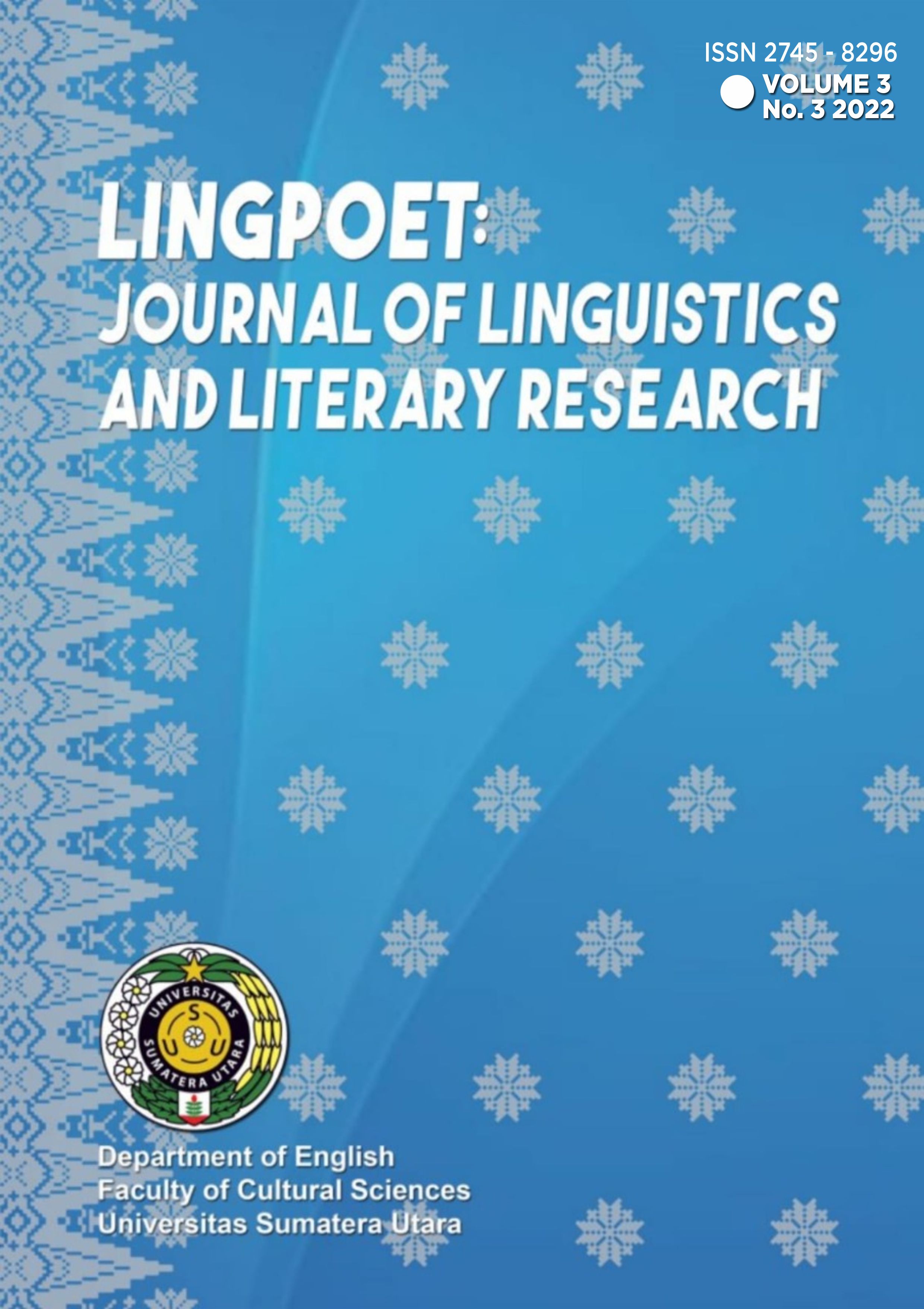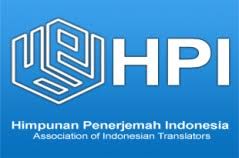President Joe Biden's Inaugural Address: A Mood and Transitivity Analysis
DOI:
https://doi.org/10.32734/lingpoet.v3i3.9508Keywords:
Clause Function, Inauguration Address, Joe Biden, Mood System, Transitivity AnalysisAbstract
Abstract. As an opportunity to promote his ideas and gain public support, Joe Biden, as the president of America conveyed a message of hope and unity in his inaugural address. Taken this as a consideration, this investigation tries to reveal the use of Mood system, Transitivity system as well as to determine the use of both to convey his political intention/message in the address. It is a qualitative research transcription of the speech used as the main source of data. The first finding shows that in total of 280 clauses, 269 data belong to Indicative Mood and 11 data belong to Imperative Mood. In terms of Transitivity, all types appeared in the address with the most dominated process is Material Process. In this case, Material Process as the most dominated Transitivity type, was functioned to portray a new government under his rule and offer answers to the country's issues. Regarding the Mood finding, it was found that Joe Biden frequently used pronoun “weâ€, “our†and “us†to show that the nation belongs to every person in America.
Downloads
References
Biria, R., & Mohammadi, A. “The socio pragmatic functions of inaugural speech: A critical discourse analysis approach,†Journal of Pragmatics, vol. 44, no. 10, pp.1290–1302. 2012. https://doi.org/10.1016/j.pragma.2012.05.013
Hidayat, A. N. “A Transitivity analysis of Donals J. Trump’s Inauguration address,†English Language & Literature Journal, vol. 7, no. 3, pp.302–311. 2018.
Haoming, L. I. N. A stylistic analysis of Donald Trump’s inaugural address. CSCanada, 19(3), pp.75–80. 2019. https://doi.org/10.3968/11407
Halliday, M. A. K., & Matthiessen, M. I. Halliday’s Introduction to Functional Grammar (4th ed.). New York: Routledge. 2014.
Vrika, R., Mujiyanto, J., & Suwandi. “Realization of interpersonal meaning in the report text of the undergraduate students of Universitas Batanghari Jambiâ€. English Education Journal, vol. 9, no. 4, pp.492–500. 2019.
Amalia, M., Subandowo, D., Faliyanti, E., & Thresia, F. “An analysis of domain Mood and modality of interpersonal meaning in Susilo Bambang Yudhoyono (SBY)’s speechâ€. English Language Teaching Educational Journal, vol. 1 no. 1, pp.22. 2018. https://doi.org/10.12928/eltej.v1i1.144
Wibowo, M. P., & Mahdi, S. “Mood system of Lion Air’s safety demonstration announcement : A systemic functional analysisâ€. UI Proceedings on Social Science and Humanities, vol. 2, pp.15–18. 2018.
Thompson, G. Introducing Functional Grammar. Introducing Functional Grammar (3rd ed.). New York: Routledge. 2014. https://doi.org/10.4324/9780203785270
Priyanka, G. K. “The ideational meaning in the U.S. Presidential debate between Barack Obama and Mitt Romneyâ€. Journal of English Language Teaching, vol. 2 no. 2, pp.1–10. 2013. Retrieved from https://journal.unnes.ac.id/sju/index.php/elt/article/view/2411/2213
Triana, H. W., Reflinaldi, R., & Rahmi, A. “Irwan Prayitno and the Mass Media: A Transitivity Analysis of News Reporting in Padang Ekspresâ€. Jurnal Arbitrer, vol. 7 no. 2, pp. 136. 2020. https://doi.org/10.25077/ar.7.2.136-143.2020
Noor, M., Ali, M., Muhabat, F., & Kazemian, B. “Systemic functional linguistics Mood analysis of the last address of the holy prophet (PBUH)â€. International Journal of Language and Linguistics, vol. 4 no. 1, pp. 1. 2016. https://doi.org/10.11648/j.ijll.s.2016040101.11
Fajriah, Y. N., Wahidah, N., Rahmat, & Ruly. Have your texts been well-structured? Mood block analysis. Advances in Social Science, Education and Humanities Research, no. 430, pp. 247–250. 2019. https://doi.org/10.2991/assehr.k.200406.050
Taylor, S. J., Bogdan, R., & DeVault, M. L. Introduction to Qualitative Research Methods: A Guidebook and Resource (4th ed.). 2016. New Jersey: WILEY. Retrieved from http://library1.nida.ac.th/termpaper6/sd/2554/19755.pdf
Creswell, J. W. C. and J. D. Research Design: Qualitative, Quantitative, and Mixed Method. (A. M. Helen Salmon, Chelsea Neve, Megan O’Heffernan, David C. Felts, Ed.) (Fifth). 2018. Los Angeles: SAGE Publications, Inc.
Rahi, S. “Research design and methods : A systematic review of research paradigms, sampling issues and instruments developmentâ€. International Journal of Economics & Management Sciences, vol. 6 no. 2, pp.1–5. 2017. https://doi.org/10.4172/2162-6359.1000403
Owen, G. T. “Qualitative methods in higher education policy analysis :Using interviews and document analysisâ€. The Qualitative Report, vol. 19 no. 26, pp.1–19. 2014. Retrieved from http://www.nova.edu/ssss/QR/QR19/owen52.pdf%0AQualitative

Downloads
Published
How to Cite
Issue
Section
License
Copyright (c) 2022 LingPoet: Journal of Linguistics and Literary Research

This work is licensed under a Creative Commons Attribution-ShareAlike 4.0 International License.












